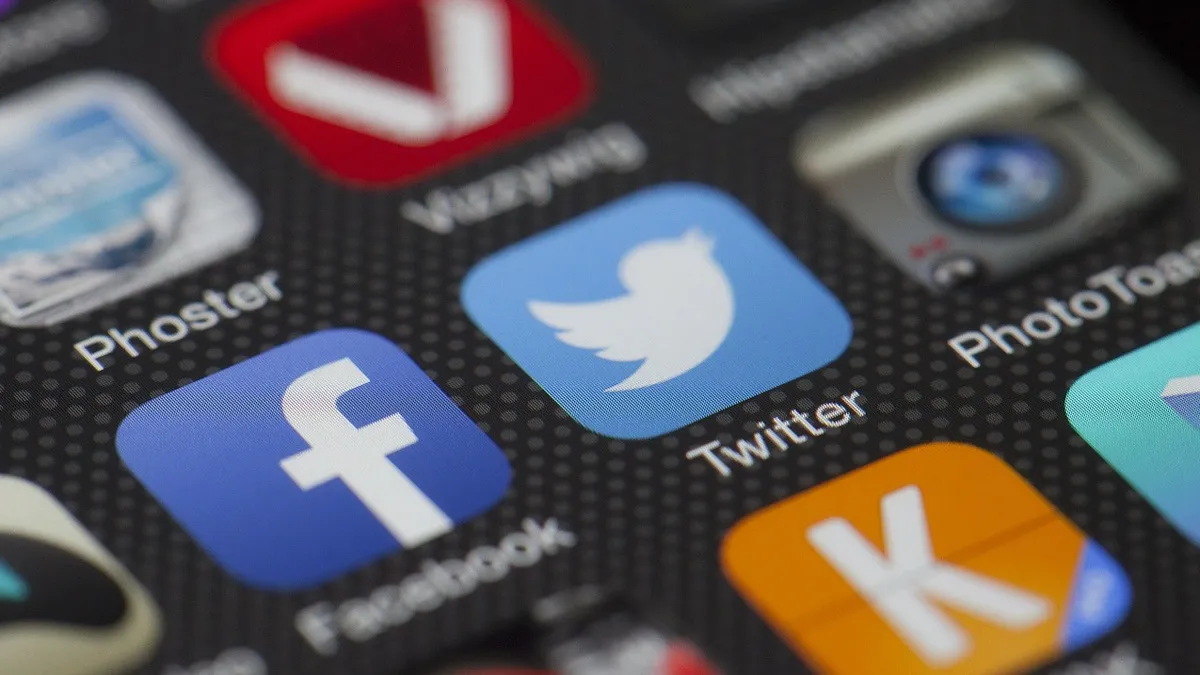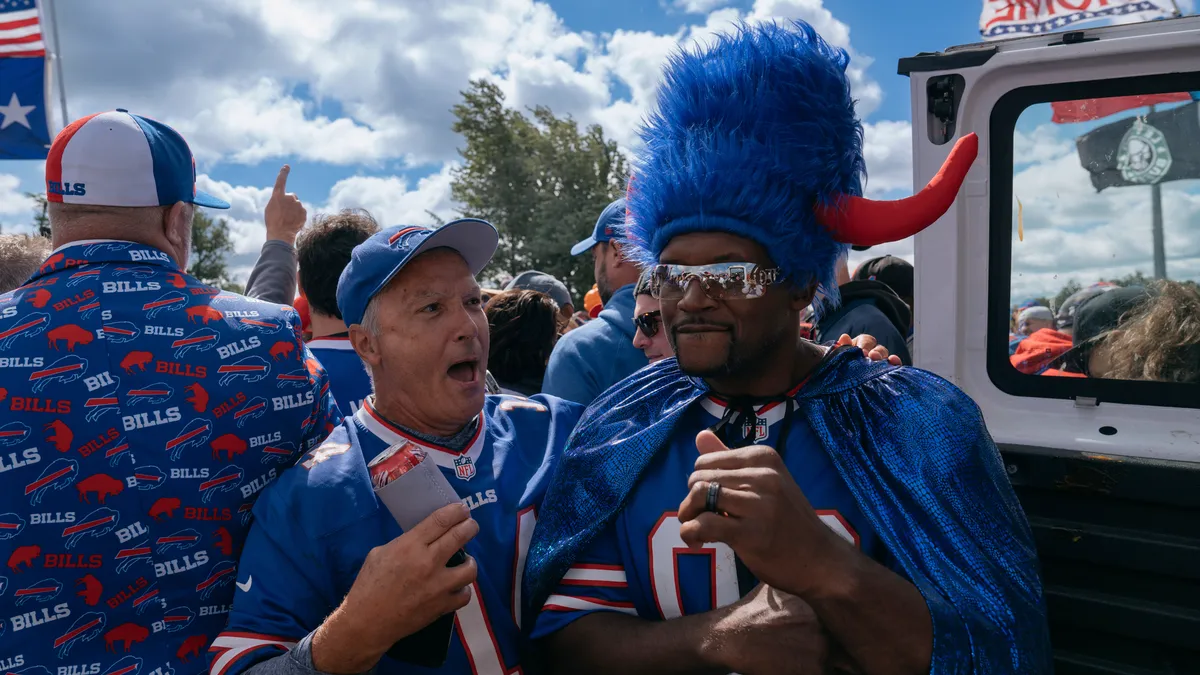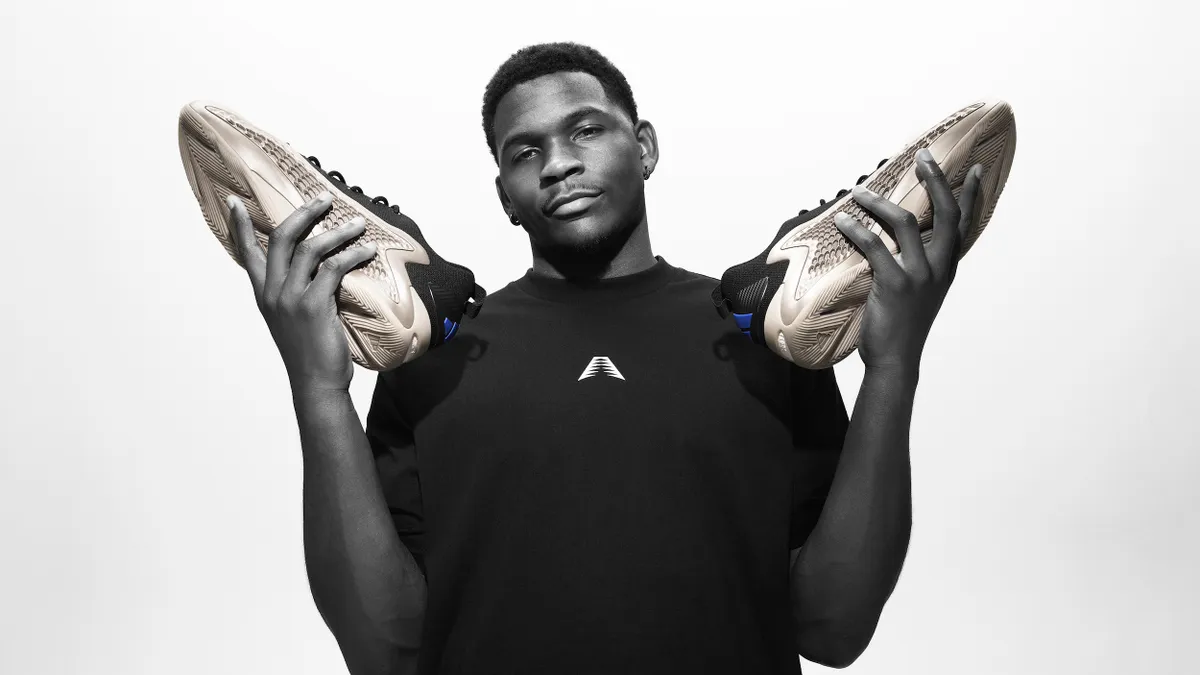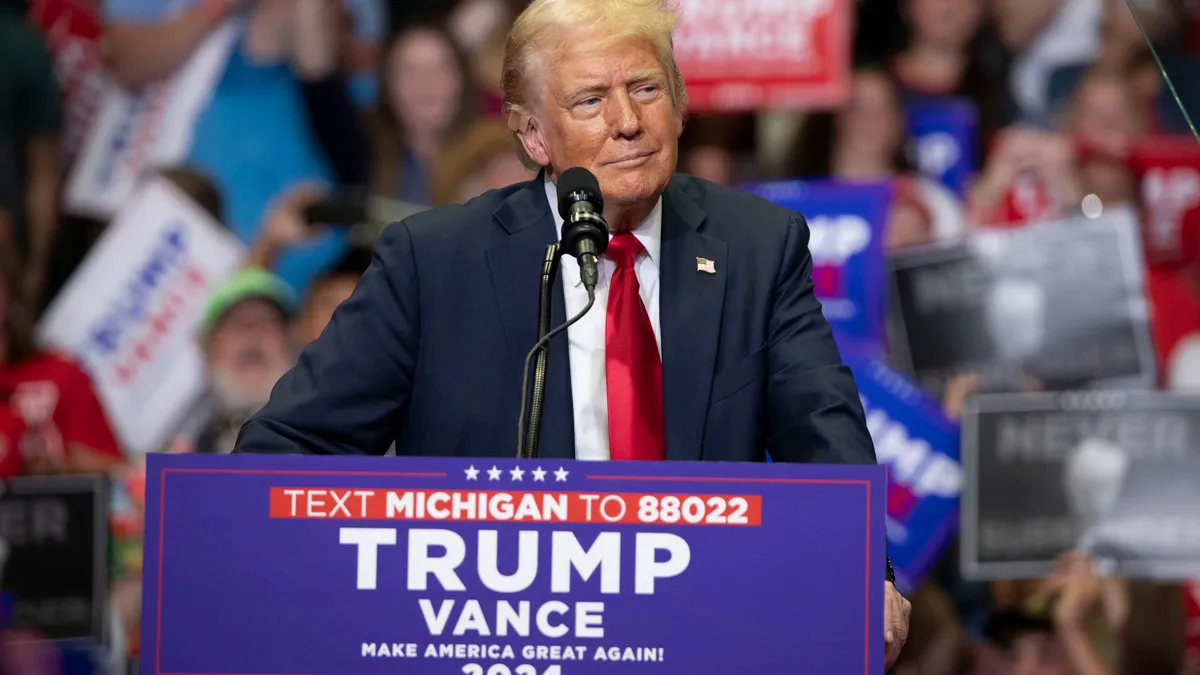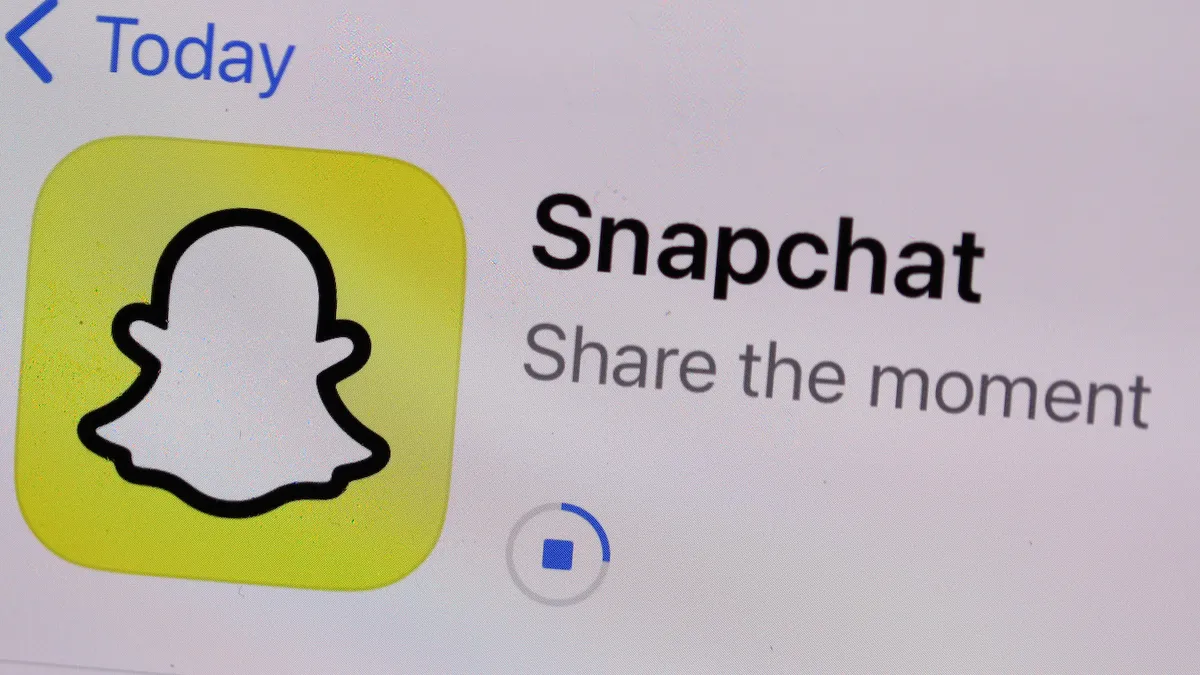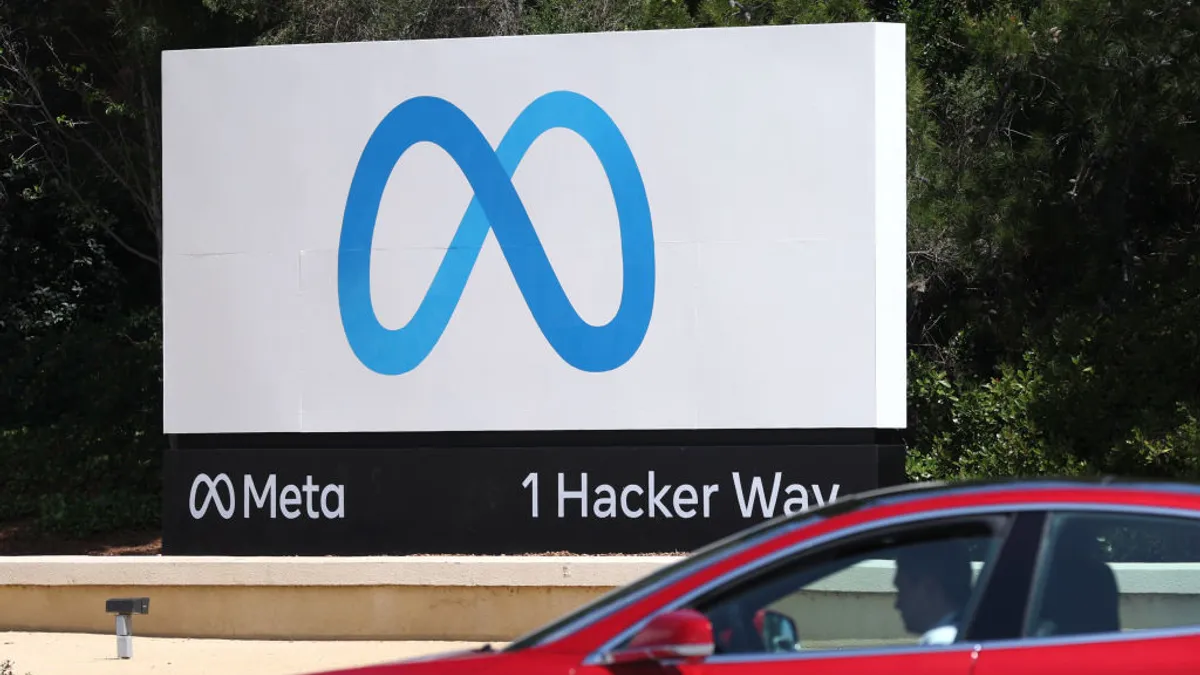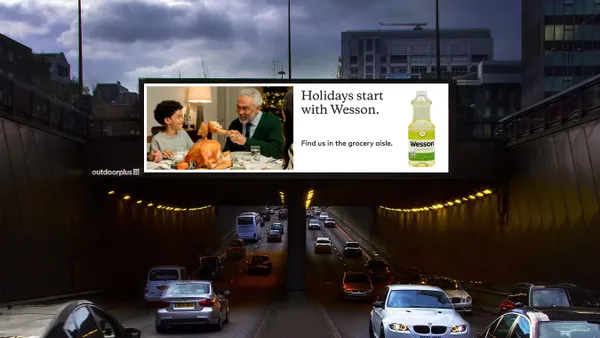During the past year, marketers saw a handful of campaigns go awry, but also gained ground on social advertising with effective branding and engagement initiatives.
Last week we revisted some of those cringe-worthy marketing flops from 2015. This week we are switching gears and highlighting three points of success all digital marketers can celebrate.
1. REI takes a stand and makes a splash
Outdoor and sportswear retailer REI grabbed a lot of media attention at the end of October when it announced it was keeping its 143 stores shuttered on Black Friday and giving its employees a paid day off. Along with the announcement REI launched a social media hashtag campaign, #OptOutside, encouraging its customers to share whatever activities they were participating in over the Thanksgiving weekend instead of joining the packed shopping crowds.
REI president and CEO Jerry Stritzke wrote on the company website, “For 76 years, our co-op has been dedicated to one thing and one thing only: a life outdoors. We believe that being outside makes our lives better. And Black Friday is the perfect time to remind ourselves of this essential truth. We're a different kind of company — and while the rest of the world is fighting it out in the aisles, we’ll be spending our day a little differently. We’re choosing to opt outside, and want you to come with us.”
And the retailer's audience responded:
11.27.15 Went into our gorgeous PNW mountains for our Christmas tree and to #OptOutside @REI pic.twitter.com/hMqfvQ4Bft
— Mak (@Mahkiya_Harris) November 28, 2015
How successful was the #OptOutside hashtag?
The day before Thanksgiving the hashtag was already getting 10 times the traffic of any other retailer, and 96% of the posts to Twitter, Instagram and other social platforms was positive. Thanks to REI's #OptOutside campaign, the retailer saw an overall 2.5K jump in social media mentions from the year before, according to Salesforce Social Studio data.
According to Saleforce.com SVP of Retail Shelley Bransten who tracked the campaign in a Seattle BizJournal article, "I would say this has been incredibly successful."
2. Reese’s turns complaints into playful campaign
In answering consumer critics, Hershey's Reese's managed to nimbly turn jeers about its seasonal Peanut Butter Trees into a winning hashtag campaign. The complaints about the chocolatey trees was that the candy didn’t really look like a tree. Rather than letting the negative chatter simply fizzle, Reese's made a statement about "tree shaming," saying all trees are beautiful with the hashtag #AllTreesAreBeautiful:
Woke up like this. #ThankYou #AllTreesAreBeautiful pic.twitter.com/rbvgWqqXup
— REESE'S (@ReesesPBCups) December 3, 2015
After the company tweeted out it's response, fans joined Reese’s side in the social media debate:
@brittney_cara Thanks for supporting our trees! They might be a little different, but they still taste uhhh-mazing. #AllTreesAreBeautiful
— REESE'S (@ReesesPBCups) December 2, 2015
By continuing to engage with consumers on social media after launching the hashtag campaign shows how clever marketing and a lighthearted approach can change a narrative before it spirals out of control. Though it has been said that all publicity is good publicity, the candy maker was indeed able to bank on the extra media attention as well as effectively change the conversation with a simple, quick, inviting response.
3. Marketers gain ground with social media companies
In the balance of power between marketers and marketing channels, marketers usually have the upper hand. They choose where dollars are spent, and tend to push for as much as possible in terms of contracts, reaching an audience and understanding ROI.
All of that has gone to the extreme with digital marketing and its wealth of measurement and tracking data. However, to a great extent, social media platforms haven’t really played nice with marketers with, for instance, proprietary or non-existent viewability standards, and have taken an overall “my way or the highway” attitude about what they offer marketers.
But times are changing and the balance has tipped a bit this year in favor of marketers. This is especially so as social media platforms have become more than places for organic outreach and engagement, and are now major players for digital advertising dollars – largely because of the popularity of mobile video – and are rolling out new ad units left and right.
Two recent moves clearly highlight this shift of power toward marketers and publishers on two high profile social media advertising channels – Facebook’s Instant Articles app and Snapchat’s Discover platform. In both instances, publishers complained that existing policies hampered their ability to earn revenue, and that those policies limited marketers’ opportunities to reach target audiences.
Not without a struggle, Facebook and Snapchat both relented. Facebook has updated the number and type of ads that publishers can run on the app; Snapchat is allowing publishers to link its Discover content outside the platform such as through a tweet or post, which helps bring in a wider range of readers who view the content and, by extension, ads.
Winning concessions from two major social media advertising platforms is no small feat and these efforts provide a backdrop for how the relationship between marketers and social media companies will play out in the new year.
Social media is looking at a big 2016
Even though social media is certainly not the only effective marketing channel, all three of these examples show how social media muscled its way into advertisers' strategies and how it is becoming the go-to medium for everything from brand management and engagement to mobile advertising and capturing data.
Kim Celestre, senior director product marketing for Jive Software, recently told Marketing Dive that social media is now part of how people get news, communicate in the workplace and shop giving marketers an opportunity to authentically tell brand stories across social media platforms.
Going into 2016, Celestre predicts, “Advertisers will invest more in identifying trending content in real-time on social channels and participating in relevant conversations that help amplify the brand's messages.”
As marketers pour more of their ad spending into digital, social media companies are sure to reap the benefits. But on flip side, marketers who take advantage of what the various social platforms have to offer stand to see real marketing wins also.


